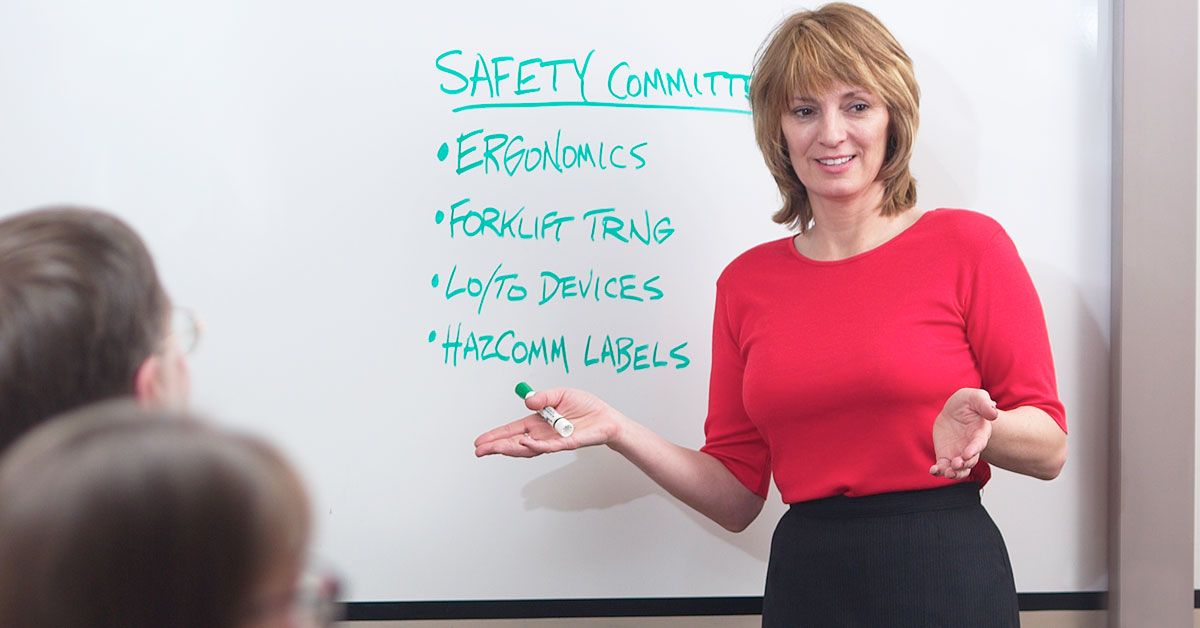Safety committees can make a difference
Date Posted: 01/06/2025

An active and effective safety committee can significantly improve safety at your company by instituting programs and providing support that help to reduce accidents, injuries, and illnesses.
While safety committees are not required by federal OSHA, several states that run their own occupational safety and health programs do have requirements for committees. Often, the state requirements target specific industries or employers with a certain number of employees. Check with your state or insurance company to see if requirements for safety committees apply to you.
What are the benefits of a safety committee?
Safety committees can provide a number of benefits, including:
- Providing a forum for problem solving that can withstand changes in management and personnel assignments without losing overall focus and direction.
- Providing supervisors and managers with a resource to turn to when they’re faced with safety problems that they might not have the time or technical expertise to deal with effectively.
- Involving more people in the overall safety and health management of the company.
- Mobilizing and getting people working together who may not have had previous business reasons to work together, thereby helping to open up lines of communication that may not have existed before.
- Providing employees with a broader base of safety knowledge through rotation of assignments as subcommittee chairpersons to other subcommittees and as subcommittee members. This helps build the safety culture in the company.
- Assigning responsibility to more of the subcommittee members, rather than place those safety responsibilities on only one or two individuals. This helps prevent “safety burnout” by increasing safety knowledge and responsibilities in small pieces at a time rather than in large chunks that may overwhelm a person.
How to get started
Things to consider before implementing a safety committee:
- When, where, and how often will meetings be held?
- Will employees be asked to volunteer? If not enough do so, how will safety committee members be chosen?
- Will members have term limits?
- What are the committee’s goals?
- What records and/or documentation is needed?
The committee’s membership and functions should reflect the company’s size, complexity, and operating exposures. Depending on the company’s size, you may consider having multiple safety committees to reflect varying areas of the company, such as the warehouse, production, and office.
How Safety Management Suite Can Help
Although OSHA doesn’t require employers to have safety committees, many companies choose to implement them. The Discussion Tool in the J. J. Keller® SAFETY MANAGEMENT SUITE is a great place to pose your questions and get feedback from your peers on what works for them. They may have best practices and suggestions around this topic.
E-mail Newsletter
Sign up to receive the weekly EHS Insider email newsletter for safety articles, news headlines, regulatory alerts, industry events, webcasts, and more.